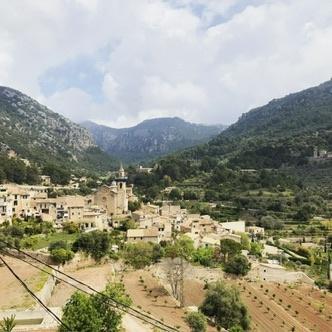How do historical land ownership patterns affect current housing issues in Mallorca?
Similar Topics
historical land ownership
mallorca housing issues
land concentration effects
housing affordability mallorca
land zoning regulations
luxury housing developments
local resident displacement
sustainable housing growth
Historical land ownership patterns in Mallorca have significantly influenced the island’s current housing landscape, contributing to challenges related to affordability and availability. Traditionally, large estates known as "possessions" dominated the rural and coastal areas, controlled by a relatively small number of wealthy landowners. These expansive properties often comprised agricultural lands, forests, and beachfronts, limiting the parceling of land for residential development. As a result, urban expansion was constrained, and much of the land continued to be concentrated in the hands of a few families or businesses, limiting access to affordable plots for new housing.
This long-standing concentration of land ownership has had ramifications in contemporary Mallorca, particularly as the island’s popularity as a tourist destination and a second-home market surged. Demand for housing has increased sharply, but the availability of land suitable for development remains limited, leading to higher property prices. Additionally, the zoning regulations, influenced by the history of land use and ownership, tend to protect agricultural and natural spaces, which further restricts new housing projects. This environment has driven much of the housing market towards luxury developments or properties catering to foreign buyers, often at the expense of local residents seeking affordable homes.
Moreover, the heritage of land ownership also impacts the social composition of neighborhoods on the island. Areas that were historically estate lands have often transitioned into exclusive residential zones, altering community makeup and sometimes driving displacement of long-standing local populations. Despite efforts by local governments to address housing shortages and promote more inclusive development, the legacy of these patterns continues to pose challenges. Understanding this historical context is crucial for those looking to grasp the complexities behind Mallorca's current housing difficulties and for any strategic planning aimed at fostering sustainable growth that benefits both residents and newcomers alike.
This long-standing concentration of land ownership has had ramifications in contemporary Mallorca, particularly as the island’s popularity as a tourist destination and a second-home market surged. Demand for housing has increased sharply, but the availability of land suitable for development remains limited, leading to higher property prices. Additionally, the zoning regulations, influenced by the history of land use and ownership, tend to protect agricultural and natural spaces, which further restricts new housing projects. This environment has driven much of the housing market towards luxury developments or properties catering to foreign buyers, often at the expense of local residents seeking affordable homes.
Moreover, the heritage of land ownership also impacts the social composition of neighborhoods on the island. Areas that were historically estate lands have often transitioned into exclusive residential zones, altering community makeup and sometimes driving displacement of long-standing local populations. Despite efforts by local governments to address housing shortages and promote more inclusive development, the legacy of these patterns continues to pose challenges. Understanding this historical context is crucial for those looking to grasp the complexities behind Mallorca's current housing difficulties and for any strategic planning aimed at fostering sustainable growth that benefits both residents and newcomers alike.
🧩 Related Questions
Related Question
In what ways do Mallorca wineries integrate renewable energy into their wine production processes?
Related Question
Are guided tours offered from the first stop past Peters Chapel, and how can visitors join them?
Related Question
How accessible are Mallorca’s hiking trails for nature photographers interested in local tree species?
